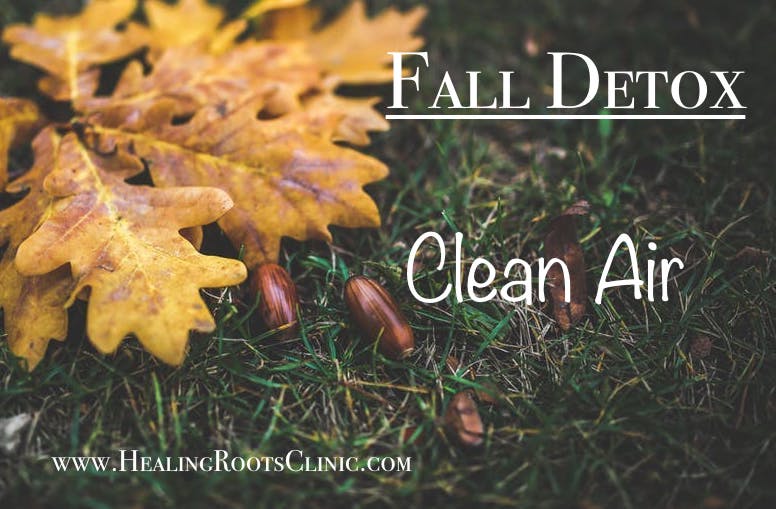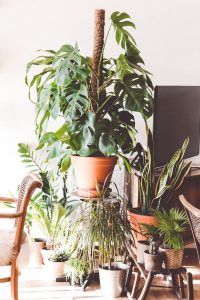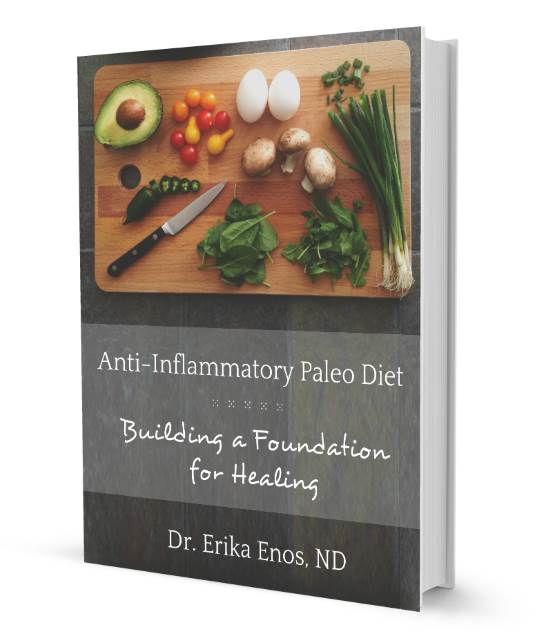
Did you know that you take more than 17,000 breaths each day?! Your lungs have an incredibly large surface area (second only to the gut), they are in constant contact with the outside world (outside your body, that is!), and they are incredibly absorptive.
The quality of the air you breathe matters. It probably seems obvious that air quality can be a trigger for asthma but it might be news to you that toxins in the air could trigger a chronic inflammatory response (as in the case of mold), contribute to infertility, or contribute to abnormal sexual development (as in the case of phthalates).
On a positive note, air and what you breathe in can also be therapeutic! Medicine, both natural and pharmaceuticals, can be delivered to our bodies through our lungs. We can also fill the air with healing essential oils to do everything from relieving stress to combat microbes.
A few things you can easily REMOVE from your home, office, and car to keep the air clean…
Sources of synthetic fragrance are number one on this list because they have been linked again and again to adverse health problems. Stink! is a great documentary full of information about toxic chemicals are in our homes. Common products containing synthetic fragrance include:
- scented hair products and makeup
- perfumes, colognes, and aftershaves
- those little Christmas trees that scent your car
- dryer sheets
- Glade PlugIns
- most scented and petroleum-based candles
A few things you can ADD to your environment to cleanse the air, deliver therapy, or replace items listed above…
A salt lamp may help purify the air while giving a slight boost to the number of negative ions in the room and provides a pleasant glow. The idea is that the lamp provides minerals that may chemically react to pollutants in the air and thus act as an air purifier. I think Wellness Mama has written an excellent post explaining this.
Use 100% beeswax or soy candles which are either fragrance-free or scented with pure essential oils.
Choose an essential oil diffuser to scent a room instead of plugins. Depending on the essential oil you add, these can be used to help you relax, energize you, or even provide some protection against the colds and cough-causing microbes your kids are sure to be bringing home from school this fall. Can your Glade PlugIn do all that?

House plants can be powerful and cost-effective for cleaning indoor air. Certain types of plants have been found to remove benzene, trichloroethylene, and formaldehyde. Spider plants and peace lilies are classically known to help filter the air. Here is a larger list provided by NASA.
And, of course, air filters and air purifiers. Ideally, we would all have air filters in our home as preventative medicine, but sometimes this can be cost-prohibitive. However, they are a must if you have allergies, chronic congestion, asthma, or an identified mold illness. Another important time to use an air filter is when moving into a newly constructed or remodeled home or office.
The Basics of Air Filters
Air filters (like HEPA) physically remove particles from the air. Air purifiers (like carbon minerals, ozone gas, negative ions, or hydroxyl) or other methods (like UV light) use molecules to chemically react or neutralize pollutants in the air. Some machines do one or the other, or a little of both.
HEPA filters physically trap most air pollutants down to 0.3 microns in size. This useful chart lists the sizes of different particles, and we can see that HEPA filters trap dust mites, pollen, mold, mold spores, yeast, pet dander, bacteria, some radioactive fallout, some smoke, some viruses, and some atmospheric dust. This covers almost all of what we want to be filtered in the air we breathe.
Activated Carbon/Charcoal filters chemically react to pollutants to purify the air. Because the pores of the carbon filters eventually get filled, they need to be replaced in order to continue absorbing contaminants in the air.
Filtering Mold and VOCs
For my home and office, I’m most interested in air filters that get rid of mold, mold spores, and other volatile organic compounds (VOCs). Because of their size, mold and mold spores are physically filtered by a HEPA filter. Great!
On the other hand, volatile organic compounds (VOCs) are teeny tiny. They include “potentially harmful or irritating derivatives of alcohols, ketones, hydrocarbons, and aromatics, such as formaldehyde or benzene. VOC are often created from ‘off-gassing’ of man-made materials such as carpeting, composite wood products or household chemicals. […] Some molds and other fungi can produce microbial VOC (MVOC) that can be toxic to humans. MVOC can especially affect people with allergies, asthma or other sensitivities, or suppressed immune systems. MVOC emissions may also include unpleasant odors, such as the characteristic musty smell often associated with molds.”
This is why using an activated charcoal/carbon filter is also necessary. It absorbs VOCs, MVOCs, and the odors caused by mold.
What about Ozone Air Purifiers?
Ozone is a colorless gas with a distinct odor composed of 3 oxygen atoms (O3). While the use of ozone in short, clinical settings may be very beneficial to our health, I don’t think it’s safe to use long-term at home and do not recommend air purifiers that use this method. In fact, they are banned for sale in the state of California. Optional negative ion generators or ionizers usually do not emit ozone.
My Recommendations for Air Filters
 Determine your budget. Also, take into account how often you’ll have to replace filters and what they cost.
Determine your budget. Also, take into account how often you’ll have to replace filters and what they cost.- Figure out what size the room or space is that you want to filter.
- Choose an air filter or purifier that contains both an activated carbon/charcoal filter and a HEPA filter.
- You might be interested in other options such as an air filter that you can move from room to room, has a timer, measures the air quality, indicates when to change the filter, or comes with remote control.
- The more expensive air filters usually filter larger areas, are quieter, and have more features; less expensive filters will filter smaller areas, can sometimes be noisier, and often just have an on/off switch.
Here are 2 air filters I’ve researched and recommend: IQ Air Health PRO Series and GermGuardian 3-in-1.
What About You?
Do you use air filters and have you noticed a difference? I would love to hear what you have to say in our comment section. Please inspire each other!
As a registered Naturopathic Doctor in the state of Colorado, I specialize in addressing the underlying issues related to thyroid, autoimmunity, digestion, chronic congestion, and adult acne. If you’re interested in working with me, schedule a free “Is this a good fit?” office or phone consult so that you can find out how I can help you.
(Amazon Affiliate links are located in this post.)
